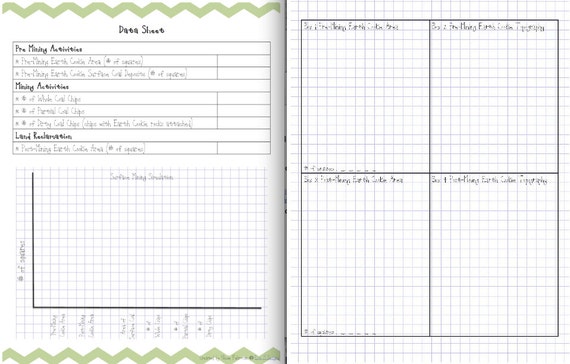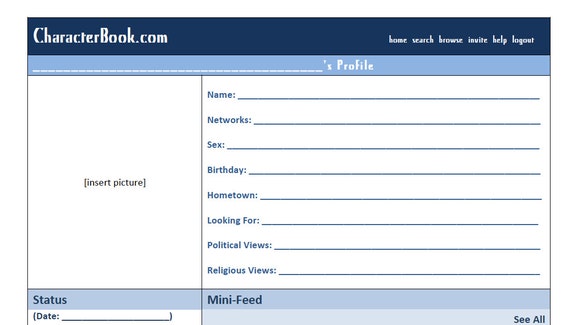At the NSTA’s Boston Conference this year, I attended a Professional Development Institute on the Next Generation Science Standards. Since then, I have been looking forward to taking the time to review the standards in greater depth and consider how I can incorporate them into my curriculum.
I am pretty lucky to work at a private school that gives me a good deal of freedom with what and how I teach. I have a set of standards for each grade level – but to be honest, they are nearly identical. There are perhaps ten changes between fifth and sixth grade’s seven page documents. I have been thinking how challenging it is to cover all of that material in one year’s time (and actually, in only three quarters of the year, because I am supposed to teach health as well!), and really, how unfeasible it is to truly explore the content.
As I started to brainstorm some approaches for next year, it occurred to me that because I teach two grades, and these middle level grades are all working towards the same school curriculum documents and NGSS standards, I could divide the curriculum in half. Fifth grade could explore one half of the seven page list of standards, and sixth grade could cover the other half. This allows us to take enough time to truly engage with the content and build science practices, instead of just memorizing and “spitting back” a cursory overview of the topic.
Right now, I’m leaning toward starting with the physical sciences in fifth grade (matter and energy), moving into earth science (energy resources/natural resources), and ending with a unit on weather, climate, and global warming/climate change. Then in sixth grade, they would begin by taking a broad view of life science through the study of ecology, move into biodiversity, and end with a focus on biology (organisms, life cycles, adaptation, anatomy, etc.). Additionally, I plan to include a “citizen scientist” project and/or a service learning component. With this approach, I would still meet all the standards I am required to over the course of two years, but students would have time to reach deeper depths of complexity and understanding.
Anyway, I will be posting my unit plans on the blog as I complete them, but in the mean time, check out the new lesson planner I created —

While the other lesson plan templates I have made focused on Common Core State Standards and 21st Century Skills, this template is designed for lessons that align with the NGSS. There are spaces to checkmark which Science and Engineering Practices students are developing and also which Crosscutting Concepts are to be incorporated into the lesson. It also has room to record the Disciplinary Core Ideas that the lesson will address, as well as the Performance Expectations students are working toward mastering. On the second page, there are spaces for you to record your lesson’s Warm Up, Instruction, Activity, and Assessment.
I plan to create more designs for this template, utilizing different colors and patterns. Do you have any designs you would really want to see? I am always up for suggestions!













